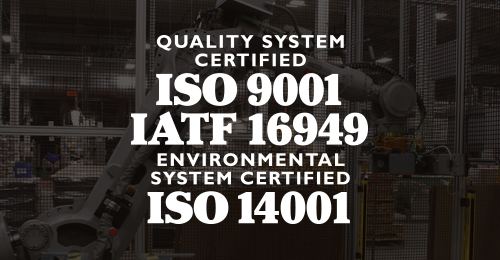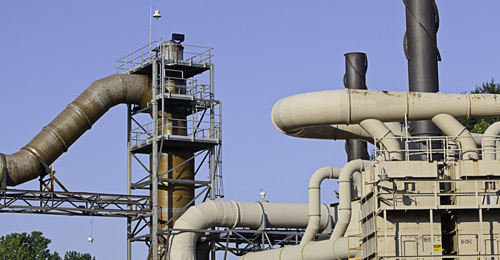There is a real need in the data center marketplace for a line of quality high-rate batteries that are sustainable and economical while providing peak performance and life. East Penn’s Deka HRC was created specifically to combat this growing need in the market for high-rate critical power applications.
A major component in the Deka HRC product and assembly is East Penn’s exclusive Compu-Press process that provides an optimized battery grid for these high-rate applications. The core of this proven process is rolling metal to enhance its strength beyond its original state. Compu-Press casts a thick, continuous solid sheet of engineered alloyed lead, and rolls it under multiple stages of extreme pressure, and compresses that sheet down to a computer-controlled optimally designed thickness. Once compressed, it is ultimately perforated into a highly compacted, robust grid. It is similar to a cold-rolled steel process, which is used for more technically precise applications. In terms of physical characteristics, cold-rolled steels are typically harder and stronger than standard hot-rolled steels. As the metal is shaped at the lower temperatures, the steel’s hardness, resistance against tension breaking, and resistance against deformation is increased.
East Penn’s exclusive Compu-Press process, in combination with our engineered alloy formula, produces the highest quality grids. These grids feature an excellent combination of mechanical properties such as improved tensile strength, shear strength, toughness, and hardness. This increased strength helps prevent active material shedding, ensuring longer life to the battery and greater performance.
The Compu-Press process changes the original materials’ morphology into a homogenous grain structure, solidifying it for high-rate performance rigors. A finished Compu-Press grid creates an elongated grain structure with a visual appearance similar to layers of armor. The outer layers limit the electrolytes path to the grid’s outer surface, protecting the grid’s inner layers and core. These many layers of “armor” help limit the amount of corrosion possible to the grids. Should corrosion affect the outer layer, there are multiple layers of protection still in place.
As with any lead battery, corrosion of the grid by the electrolyte occurs along the grain boundary edges. With its horizontal layers of armor, any pathways for the electrolyte to penetrate the Compu-Press grid grain boundary edges are similar to a labyrinth, making it virtually impassable. With over a decade of expertise and production, East Penn has over 256 million batteries utilizing the Compu-Press process.
With 75 years in the industry, and a known track record of performance, sustainability, and continued capital investment, East Penn makes batteries that work and consistently perform at the top of industry needs. Incorporating our proven Compu-Press technology into our Reserve Power line gives customers with critical power applications, another reason to demand Deka.
Follow us on LinkedIn @ East Penn Manufacturing Co. Reserve Power – https://www.linkedin.com/company/east-penn-reserve-power
Contact: Chad Christ – cchrist@dekabatteries.com


